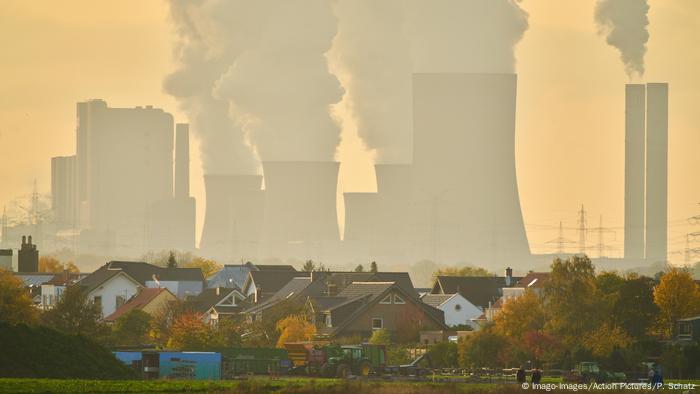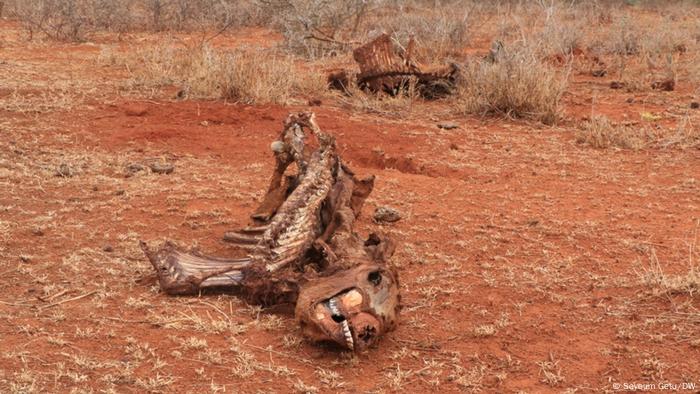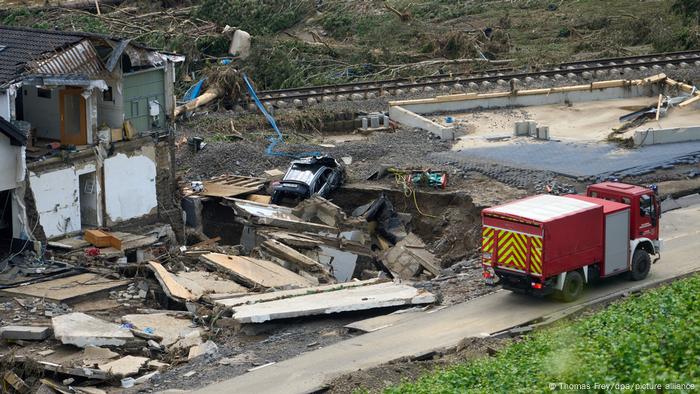Derek Decloet and Scott Deveau
Thu, October 21, 2021

(Bloomberg) -- The board of Rogers Communications Inc. has removed Edward Rogers as chairman in an epic power struggle within the family that controls Canada’s largest cable and wireless company.
The board voted to remove him Thursday afternoon as he was working on a plan to replace five current directors on the 14-member board with his own nominees, according to people familiar with the situation.
Former AT&T executive and Rogers director John MacDonald will become the new chairman. MacDonald was one of the five people Edward Rogers was trying to eject from the board.
The dramatic turn of events comes after weeks of tension inside one of Canada’s biggest public companies, which is in the midst of a $16 billion takeover bid for rival Shaw Communications Inc.
The hostilities among the Rogers clan reached a new level in September when Edward Rogers tried to oust Chief Executive Officer Joe Natale. His plan had been to install Chief Financial Officer Tony Staffieri in the top job and replace much of the executive team.
But the effort was defeated by a majority of the board -- including his sisters and his mother, Loretta Rogers -- and Staffieri was shown the door on Sept. 29.
Power Struggle
Since then, the board has sought to impose constraints on Edward Rogers’s authority, creating a committee to set the rules by which he can interact with Natale and other senior executives. That committee included three people -- MacDonald, director John Clappison and Melinda Rogers-Hixon, Edward’s sister.
To regain his grip on the company, he recruited five new candidates for the board, including Toronto real estate executive Michael Cooper, financier Jack Cockwell, former Rogers executive Jan Innes, broadcast executive Ivan Fecan and Jake Kerr, according to people familiar with the matter.
The battle came to a head in the past 48 hours. On Wednesday, Rogers director Bonnie Brooks sent a letter by email to John Tory, a Rogers family adviser who’s also the mayor of Toronto, according to a person familiar with the events.
‘Scheming’
The letter, sent on behalf of the company’s independent directors, warned that Edward Rogers’s “scheming” against management was putting the company “at great risk.” The directors said upheaval in the boardroom could affect the company’s credit rating at a time when it’s preparing to borrow billions of dollars to pay for the Shaw deal, which still needs regulatory approval.
“The chair wants to run the company, believes he does run the company, and no CEO or management team can operate effectively under these conditions,” the letter said.
One still-unanswered question is what Edward Rogers will do in response. He remains the chair of the Rogers Control Trust -- the family entity that holds the majority of the voting shares at Rogers Communications.
That position gives him broad authority to vote the family’s shares in the public company. He could requisition a shareholder meeting and still attempt to elect his own directors.
However, the provisions of the trust also allow a 10-member advisory committee to change the chair if at least seven members vote in favor, according to the securities filings of Rogers Communications.
The Control Trust committee includes at least three family members who are known to have opposed his plan to dump Natale: sisters Melinda Rogers-Hixon and Martha Rogers and his mother, Loretta Rogers. It also includes Tory and Phil Lind, a longtime adviser to late founder Ted Rogers.
“This has been a challenging time for the corporation and I want to reaffirm on behalf of the majority of the Board our support for and total confidence in the management team and CEO of Rogers Communications,” MacDonald said in a statement Thursday.
Although Rogers has said the Shaw deal is on track to close next year, Shaw shares have dropped for eight straight days on the growing turmoil at Rogers and are nearly 12% below the takeover price.
(Updates with new details throughout)
Most Read from Bloomberg Businessweek
















